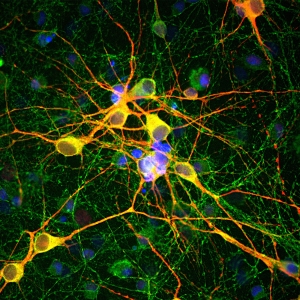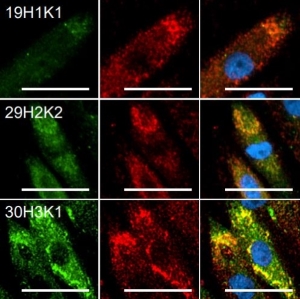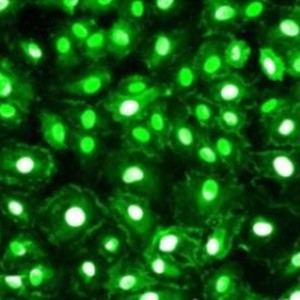Product Details
Product Sizes
| Size | List Price | Price | Cart |
|---|---|---|---|
| 100 ul | $535.00 | Add to Cart |
Voltage-gated K+ channels are important determinants of neuronal membrane excitability. Moreover, differences in K+ channel expression patterns and densities contribute to the variations in action potential waveforms and repetitive firing patterns evident in different neuronal cell types (Maletic-Savatic et al., 1995; Pongs, 1999; Blaine and Ribera, 1998; Burger and Ribera, 1996). The Kv3.1 potassium channel is expressed at high levels in neurons that characteristically fire rapid trains of action potentials (Gan et al., 1999). Particularly high levels of this channel are found in neurons of the auditory brainstem. These neurons appear to participate in neural circuits that determine the intensity and timing of auditory stimuli and use this information to determine the location of sounds in space (von Hehn et al., 2004). |
Images
CHO cells expressing recombinant Voltage Gated Potassium Channel Kv3.1. The images show immunohistochemical staining of medial nucleus of the trapezoid body (MNTB) cells with the antibody specific for phospho Ser503 in Kv3.1, the voltage gated potassium channel. The image in the left panel shows control cells. The image at the right shows cells that had been exposed to the protein kinase C activator PMA.






